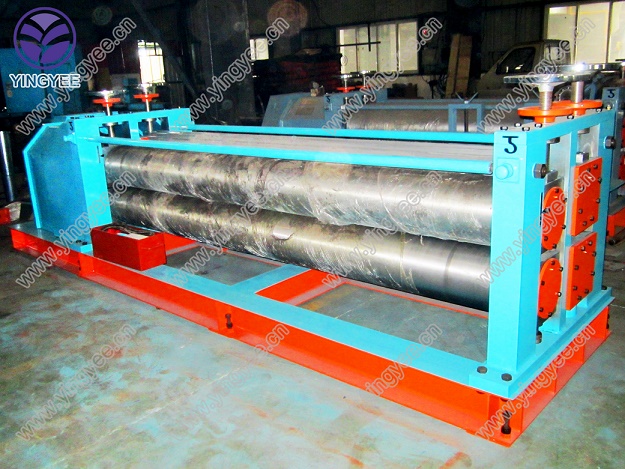
Understanding Furring Channel Roll Forming Machines
In the world of construction and manufacturing, efficiency and precision are paramount. Among the various processes that enhance these aspects is the use of furring channel roll forming machines. These specialized machines are designed to create furring channels, a critical component in the framework of drywall systems, suspended ceilings, and other construction elements.
What is a Furring Channel?
A furring channel is a thin strip of metal, typically made from galvanized steel, that acts as a support framework for drywall installations. It provides a space between the drywall and the wall studs or ceiling joists, allowing for improved insulation, plumbing, or electrical wiring. In essence, furring channels make it possible to create a flat, even surface for wall and ceiling finishes, ensuring aesthetic appeal and structural integrity.
The Role of Roll Forming Machines
Roll forming machines are essential in producing furring channels. The roll forming process involves feeding a continuous strip of metal through a series of rollers, each progressively shaping the metal until it attains the desired profile. This method is favored for its ability to produce long lengths of material with high precision, consistency, and minimal waste.
The furring channel roll forming machine operates through various stages
1. Material Preparation The process begins with unwinding a coil of metal, typically steel, which is fed into the machine. 2. Roll Forming As the metal strip passes through a series of rollers, it is shaped into the required furring channel profile. This stage is critical, as the precision of the rollers determines the final quality of the furring channel produced.
3. Cutting Once the metal strip reaches the desired length, it is cut using a stamping or shearing mechanism, ensuring that each furring channel meets the specifications required for construction.
4. Finishing Finally, the produced furring channels may undergo additional finishing processes such as galvanization or powder coating to enhance durability and resistance to corrosion.
Advantages of Using Furring Channel Roll Forming Machines
The automation and efficiency provided by furring channel roll forming machines offer several advantages

- Cost Efficiency By producing furring channels in-house, contractors and manufacturers can significantly reduce material costs and waste associated with traditional manufacturing methods
.- Speed and Volume Roll forming machines can produce large volumes of channels quickly, allowing construction projects to proceed without delays. This is particularly beneficial in high-demand situations where time is critical.
- Flexibility in Design These machines can be easily adjusted to form various widths and thicknesses of furring channels, accommodating diverse project requirements.
- Consistent Quality Automated roll forming ensures that each piece produced is uniform in dimension and quality, minimizing the chances of errors that can occur with manual production processes.
Applications of Furring Channels
Furring channels are utilized in numerous applications across the construction industry. They are commonly used in
- Drywall Installation Creating a flat surface for attaching drywall sheets. - Suspended Ceilings Providing a structural framework for laying ceiling tiles.
- Insulation Support Holding insulation layers without compromising the integrity of the walls or ceilings.
- Electrical and Plumbing Areas Facilitating the running of cables and pipes by providing a gap between the drywall and the underlying structure.
Conclusion
Furring channel roll forming machines represent a vital innovation in building construction, enhancing both the quality and efficiency of furring channel production. As the demand for cost-effective and high-quality construction solutions continues to grow, the role of roll forming technology will undoubtedly expand, driving advancements in construction methods. By understanding and utilizing these machines, contractors can ensure they are well-equipped to meet the challenges of modern construction. Whether for residential, commercial, or industrial applications, the benefits of furring channel roll forming machines are undeniable, making them an indispensable part of the building industry.